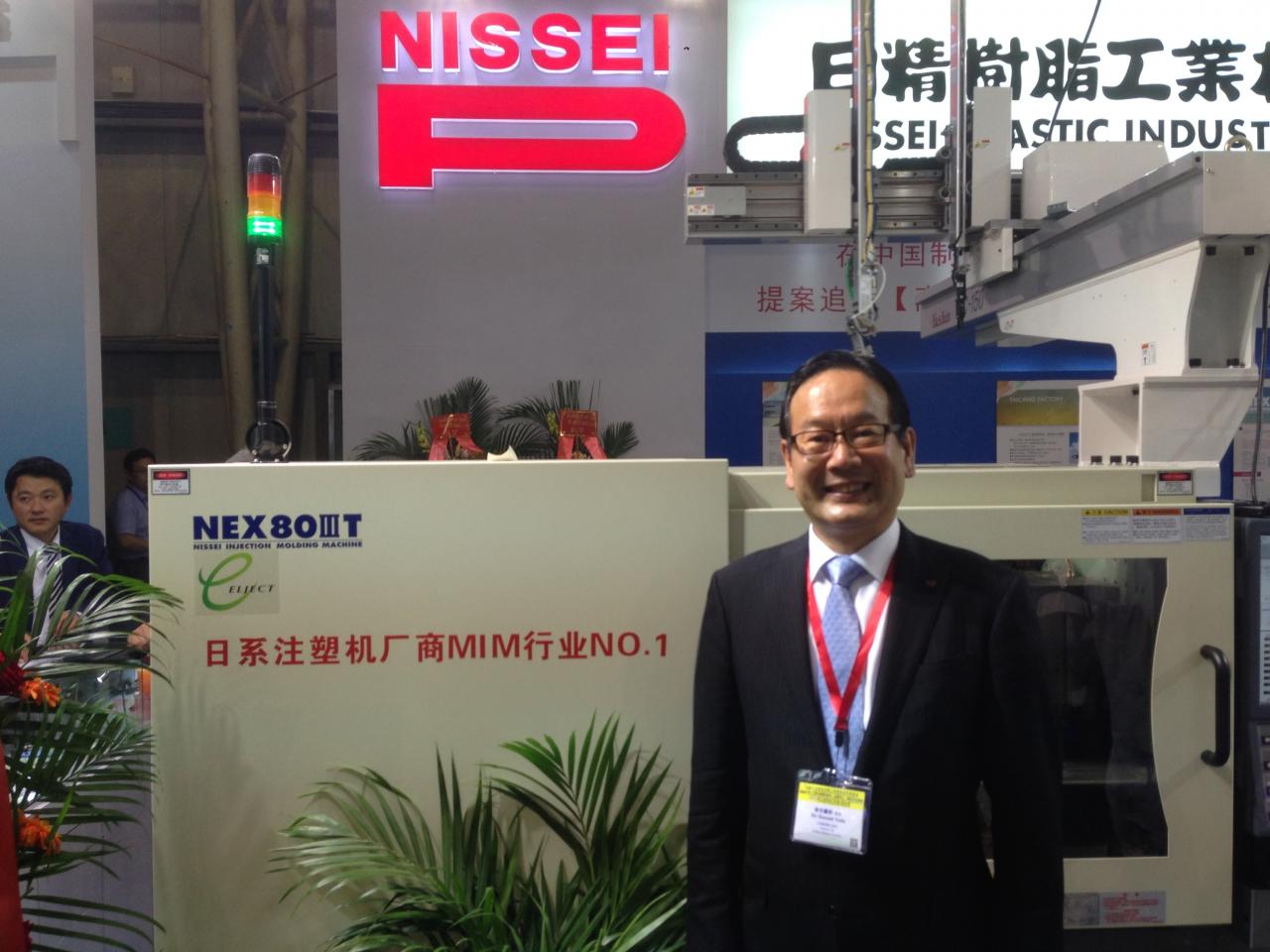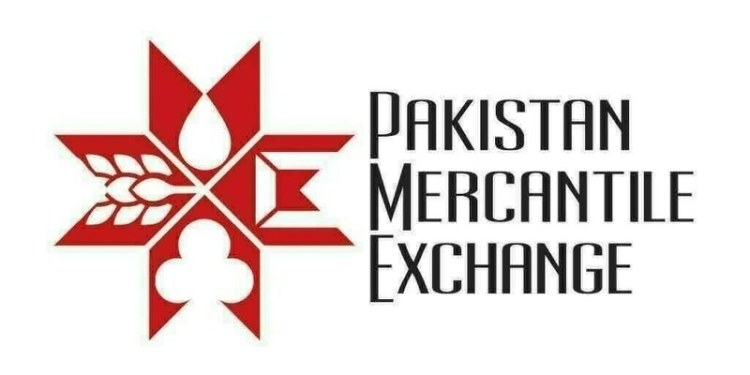January 29, 2016 Updated 1/29/2016
Email Print

Kent Miller Yoda
Dongguan, China — Manufacturers often talk about how they want to help customers implement Industry 4.0, but for Japanese injection molding machine maker Nissei Plastic Industrial Co. Ltd., it’s as much about internal processes.
“We control the components and design in Japan, so our product is very stable, very good quality,” said President Hozumi Yoda at the company’s booth at the recent Dongguan International Plastics, Packaging & Rubber Exhibition.
Yoda indicated the NEX80IIIT installed in Nissei’s booth. The 80-ton electric machine, designed in Japan, is built in the company’s Taicang, China, factory, using components sourced from different countries. Speaking through an interpreter, Yoda said, “This is a kind of Industry 4.0.”
The press is “an economical choice for many companies,” Yoda said. Nissei is targeting the machine at China’s booming metal-insert molding industry.
But Nissei, Japan’s third-biggest maker of injection molding machinery, also is stepping into the future by helping customers embrace automation. “We are doing more turnkey systems,” Yoda said, citing a factory the company designed for a Taiwanese cosmetics packaging maker. “You can monitor it by cell phone,” he said.
Yoda foresees accelerating sales momentum for electric and electric-hydraulic hybrid machines. From July through September, Nissei sold 1,012 electric machines, 608 hybrids and 28 hydraulics.
“We see hybrids becoming more popular in the future. The technology is very stable. Hydraulics may disappear,” Yoda said.
“I recommend hybrid machines for large tonnages — 560 to 1,300 tons. When we make electric machines, the maximum [tonnage] is 460,” Yoda said.
Bigger electrics aren’t economical because the high cost of servo motors and other components aren’t matched by quality gains, Yoda said.
Yoda also foresees a growing popularity of insert molding, especially of ceramics. “This may be the future,” he said. “The final product may not be plastics, but plastics will be used in the process.”
Nissei established its first overseas factory in Taicang in 2009. In December 2014, the company moved across town into a new 27,000-square-meter facility, and in March 2015, it opened its national sales headquarters in Taicang.
Nissei realizes half its sales in Asian exports — mostly to China. A third of its sales are domestic, while America — the company’s second-biggest export market — posts about one-sixth of the company’s sales.
Yoda was bullish on the United States, where reshoring is underway. “Chinese labor costs are increasing every year. So, American companies are bringing back their molds to America and manufacturing there.”
The company is looking to grow in India, too. The anti-dumping duties that New Delhi has imposed on Chinese-made plastics machinery isn’t a problem for Nissei — it can ship machines from Japan or Thailand. The company has a service center in New Delhi and plans to increase the number of sales agents, Yoda said.
In the coming year, Nissei will focus on boosting sales of medium-sized (220 to 460 tons) and large tonnage (greater than 560-ton) machines, Yoda said.
For now, Nissei is taking a step back from China’s micromolding market. At the 2014 Dongguan show, the company showed the HMX7-CN3, a 7-ton machine that could be easily wheeled around a factory floor. But the company found no takers on the mainland.
Nissei sells about 40 or 50 micromolding machines in Japan every year. The machines are also popular with the U.S. medical industry. But the Chinese market isn’t quite ready for the technology, Yoda said.
“Japanese production and Chinese production are totally different. We cannot sell such a small machine in China.”
Projecting hotspots in China’s sluggish economy remains a challenge, but Yoda is optimistic about the country’s growing cosmetic packaging and automotive sectors.
As president of the Association of Japanese Plastics Machine makers, he sees an upside to the weak yen. “We can export more. We needn’t put production outside Japan.”
Last year, association members manufactured about 12,000 machines in Japan. About 70 percent of these were exported.
“We are optimistic about the future. Most Japanese injection molding machine makers are in the black, not in the red.”





























